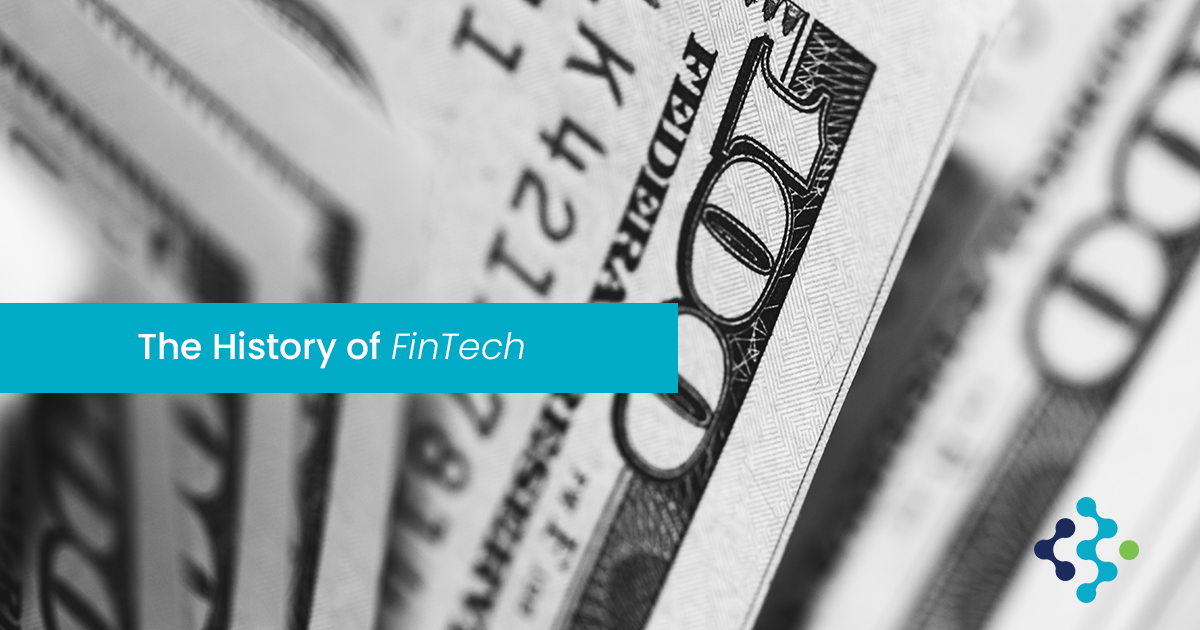Technology and the financial sector have long been symbiotic compadres. But how did the two industries become so intertwined that the term “Fintech” was coined?
Surprisingly, the history dates all the way back to 1866 when the very first transatlantic cable was laid, creating fundamental infrastructure during an era of intense financial globalization—essentially 1866 to 1913.
By 1918 brings the Fedwire, the initial electronic fund transfer practice functioning with the aid of telegraph and Morse code, was operating. In the 1950s credit cards were introduced to the public. This entire age has been dubbed FinTech 1.0 by many historians who study the topic. While technology connected with financial services strongly during this period, the latter remained primarily analog.
The birth of modern FinTech happened in 1967 when Barclays created the first ATM machine. The digitization of the financial sector increased exponentially because of the creation and momentum of technology for communications and transactions.
The lightning-fast development of computers and the smartphone created on an online banking boom, with processes and consumer communications becoming completely digital. Financial institutions began offering customers access to their account via phone in 1981, via the Internet in 1994, via SMS in 1999 and via mobile banking in 2006.
Prepaid cards came onto the scene in the late 1980s with the use of prepaid phone cards. This prepaid card breakthrough was only the beginning, however, with merchant-specific gift cards becoming popular in the 90s. Open-system prepaid cards were introduced in the early 90s when government entities began using Electronic Benefits Transfer (EBT) cards.
The 2008 market crash marked the end of a period of overwhelming expansion, ushering in the financial crisis and a distrust of traditional banking amongst many consumers. From the rubble of the recession, however, brand new start-ups emerged. In 2009 the cryptocurrency Bitcoin was introduced to the world. Digital payment solutions further expanded with the introduction of Google Wallet and later Apple Pay.
While the first Internet-only bank launched in 1996, it was perhaps before it’s time. There has recently been a resurgence of digital-only banks, also known as “neobanks” or “challenger banks”. These are appealing to consumers who want a digital-first experience and are comfortable with not having a traditional “brick and mortar” banking experience.
Paysign has been at the forefront of the financial technology boom since 1995. We are the premier provider of innovative card programs and processing services for corporate, consumer, and government applications. To learn more about our story and how we fit into this cutting-edge industry, visit www.paysign.com.
